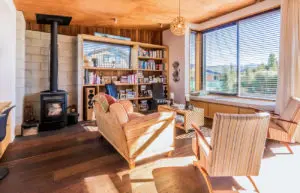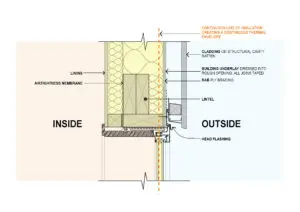I read in the Otago Daily Times that the Upper Clutha Environmental Society are appealing against a residential platform in Dublin Bay proposed by Annabel Langbein and Ted Hewetson. While I applaud the efforts made by the Society to provide a check against unbridled development across the region, I do question the impact on amenity that this residence will have as there is already existing residential development and human activity is clearly etched into the landscape. Personally I think Dublin Bay would be a great spot for further intensification into a compact village that enjoys the lakeside amenity while having little impact from other positions either around or on the Lake.
This raises the question ‘have we got the District Plan and Wanaka Structure Plan correct?’ The Structure Plan clearly defines Wanaka’s urban spread within the confines of the Clutha and Cardrona Rivers down to Hill End and up to Rippon. Any land outside of this area is zoned Rural, however residential activity in the guise of Lifestyle blocks is already peppering this landscape in a similar way that has occurred in the Wakatipu Basin. I doubt that either the Wakatipu or Upper Clutha basins will provide more than minor agricultural benefit to our communities within the next 20 years, a great loss of rich productive land.
If the Italians had settled the area they would not have allowed this to happen! They would cluster their urban centres around transport hubs such as rivers and lakes providing potable water and additional food source as well as providing amenity for social and leisure activities. Alternatively they would have settled on the foothills of the mountains, either way the land outside of these localised communities would remain productive.
A good example of this can be seen in the foothills of the Italian Alps around Lake Garda where the lake edge is dotted with clusters of communities that neither detract from the amenity of the lake nor the surrounding mountains. Other great examples can be seen throughout the coastline of Croatia, with fantastic dense communities such as Hvar and Korcula providing a beautiful social hub on the water edge and you only have to walk less than 5 minutes and you are in productive rural areas.
Lakes Wanaka and Hawea present many opportunities for clusters of communities around the waters edge that are visually separated from each other leaving a sense of openness within an natural landscape. If we intensified the original communities of Lake Hawea; Johns Creek; Hawea Flat; Alberttown; Lake Wanaka and Tarras along with new intensified communities at Dublin Bay, Glendu Bay and dare I say it Damper Bay, we could all enjoy the Lakes and Rivers, utilise the productive flat land while enjoying the rural amenity instead of living in a suburban blanket of individual landlocked plots.
If we all had a lake view and access to the waters edge within 5 minutes walk would we need to have a quarter acre private realm with green grass that requires mowing and irrigation?





